The 10 Worst Back-to-Back Hurricanes in History
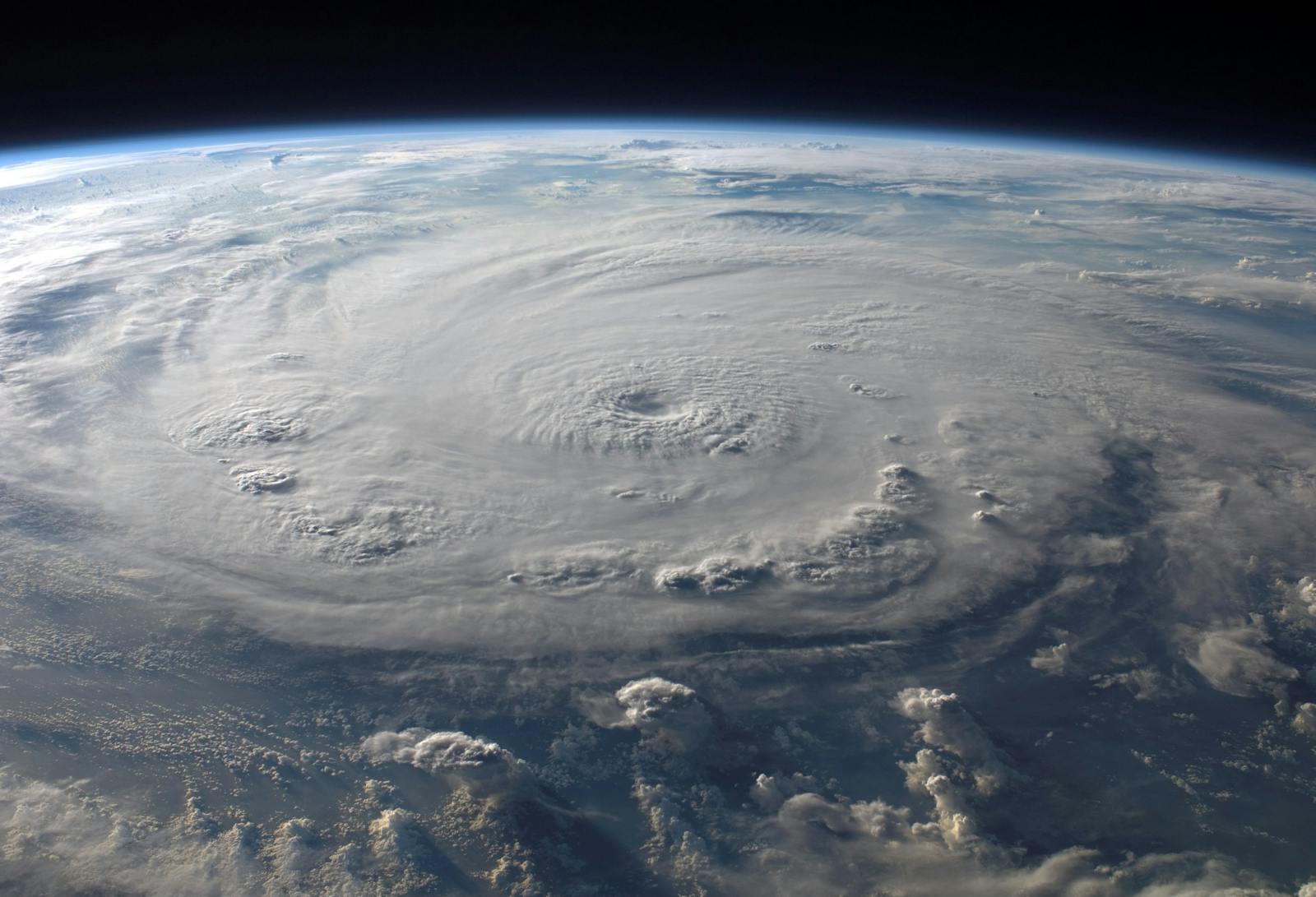 https://climatecrisis247.com/wp-content/uploads/2024/10/76969-1-150x150.jpg
https://climatecrisis247.com/wp-content/uploads/2024/10/76969-1-150x150.jpgIn February 2023, a paper published in the Nature Climate Change journal found that high intensity storms are happening with increasing frequency, and within dangerously close proximity to one another. The paper warned that when two storms arrive in quick succession, the hazards of the second storm are compounded by a high degree, with grave consequences for vulnerable populations in hurricane-prone areas.
Range anxiety? The 25 Best Cities for Charging Electric Vehicles
Irony? Hurricane Helene Takes Down Nation's Top Extreme Weather Tracker
With the back-to-back arrivals of Hurricanes Helene and Milton, much of the Southeastern United States just experienced the paper’s findings firsthand. While Helene and Milton are together the worst back-to-back hurricanes in recorded history, there have been a handful of major storms that impacted the same areas within 15 days of one another.
To determine the worst back-to-back hurricanes in history, Climate Crisis 247 reviewed data on historical hurricane tracks from the National Oceanic and Atmospheric Administration. Hurricanes and tropical storms that impacted the same areas within 15 days of one another were ranked based on the average maximum sustained wind speed for each storm. Hurricane tracks from 1842 to 2022 were buffered by 50 miles and intersected with place boundaries from the U.S. Census Bureau. Only named storms were included.
10. Hurricane Hermine, followed by Tropical Storm Julia 12 days later (2016)
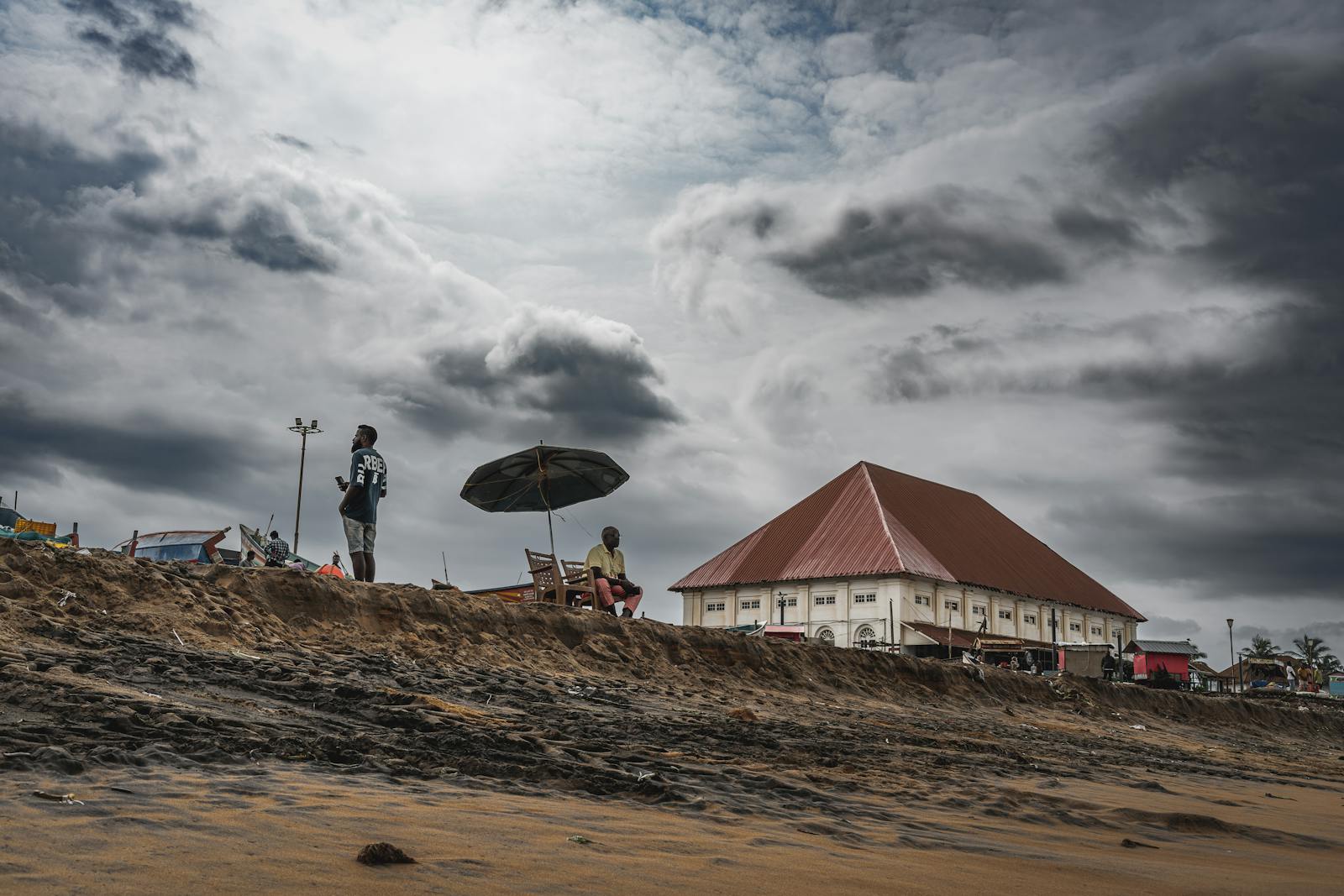
- Hurricane Hermine max. land wind speed: 80.6 mph (September 2)
- Tropical Storm Julia max. land wind speed: 51.8 mph (September 13)
- Site of confluence: Savannah, GA
9. Hurricane Connie, followed by Hurricane Diane five days later (1955)
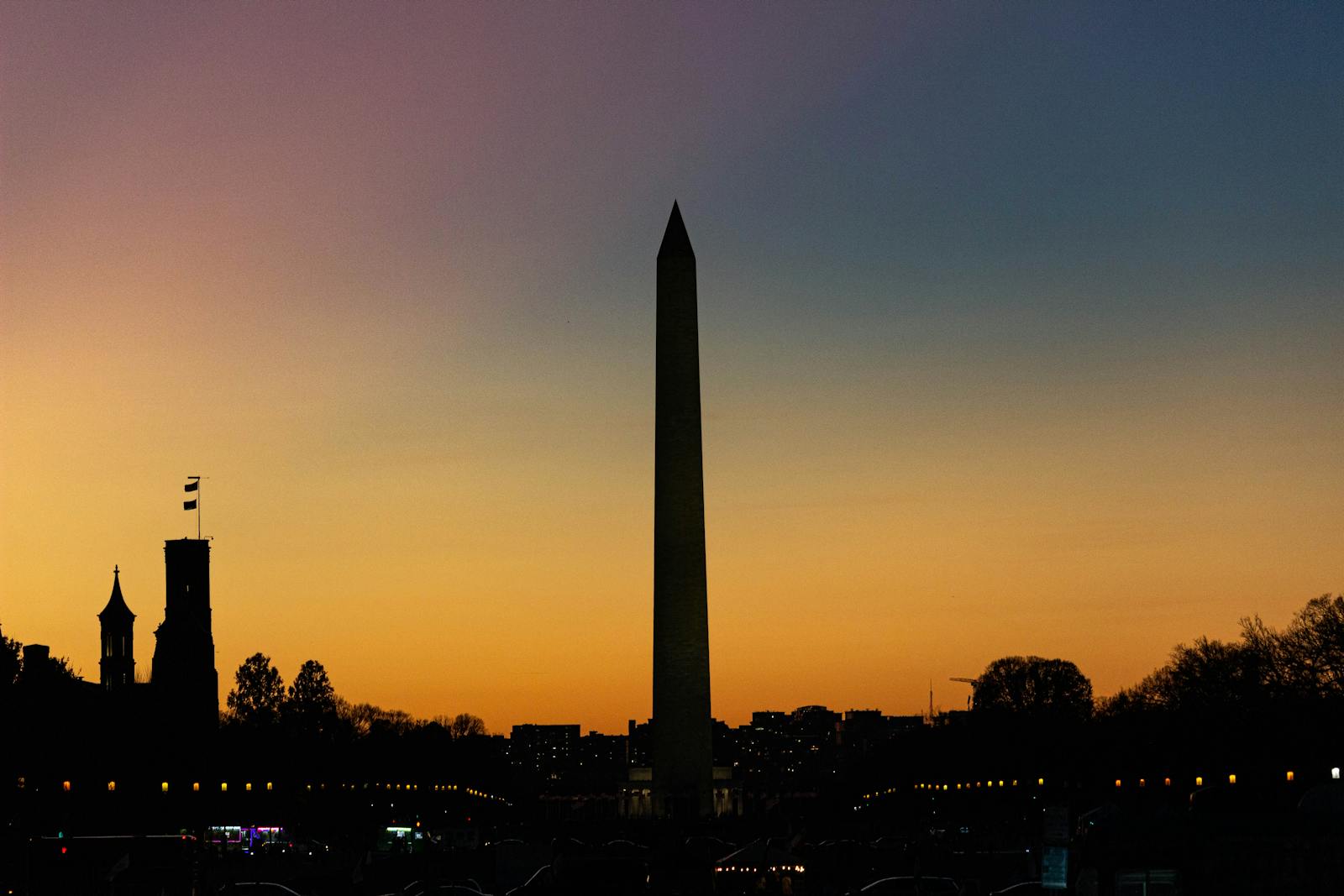
- Hurricane Connie max. land wind speed: 97.8 mph (August 12)
- Hurricane Diane max. land wind speed: 71.3 mph (August 17)
- Site of confluence: Washington, D.C.
8. Hurricane Dennis, followed by Hurricane Floyd 11 days later (1999)

- Hurricane Dennis max. land wind speed: 69.0 mph (September 4)
- Hurricane Floyd max. land wind speed: 103.6 mph (September 16)
- Site of confluence: Greenville, NC
7. Hurricane King, followed by Hurricane Love two days later (1950)
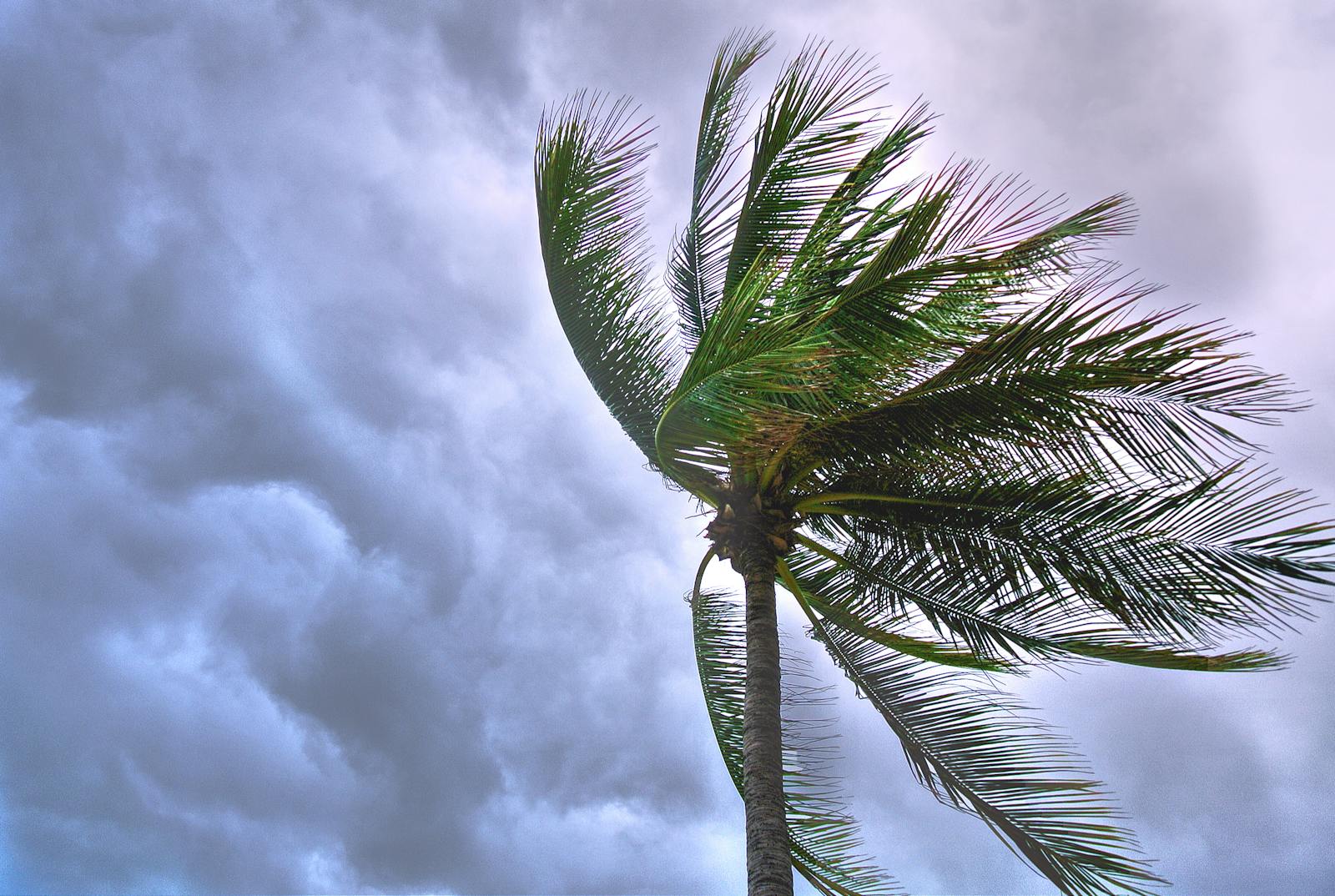
- Hurricane King max. land wind speed: 132.3 mph (October 18)
- Hurricane Love max. land wind speed: 62.1 mph (October 21)
- Site of confluence: Valdosta, GA
6. Hurricane Cindy, followed by Hurricane Dennis four days later (2005)

- Hurricane Cindy max. land wind speed: 74.8 mph (July 6)
- Hurricane Dennis max. land wind speed: 126.6 mph (July 10)
- Site of confluence: Mobile, AL
5. Hurricane Donna, followed by Tropical Storm Florence 13 days later (1960)

- Hurricane Donna max. land wind speed: 143.8 mph (September 10)
- Tropical Storm Florence max. land wind speed: 57.5 mph (September 24)
- Site of confluence: Tampa, FL
4. Hurricane Cleo, followed by Hurricane Dora 12 days later (1964)

- Hurricane Cleo max. land wind speed: 109.3 mph (August 27)
- Hurricane Dora max. land wind speed: 109.3 mph (September 10)
- Site of confluence: Kill Devil Hills, NC
3. Hurricane Ida, followed by Hurricane Nicholas 15 days later (2021)

- Hurricane Ida max. land wind speed: 149.6 mph (August 29)
- Hurricane Nicholas max. land wind speed: 74.8 mph (September 14)
- Site of confluence: New Orleans, LA
2. Hurricane Charley, followed by Hurricane Gaston 15 days later (2004)
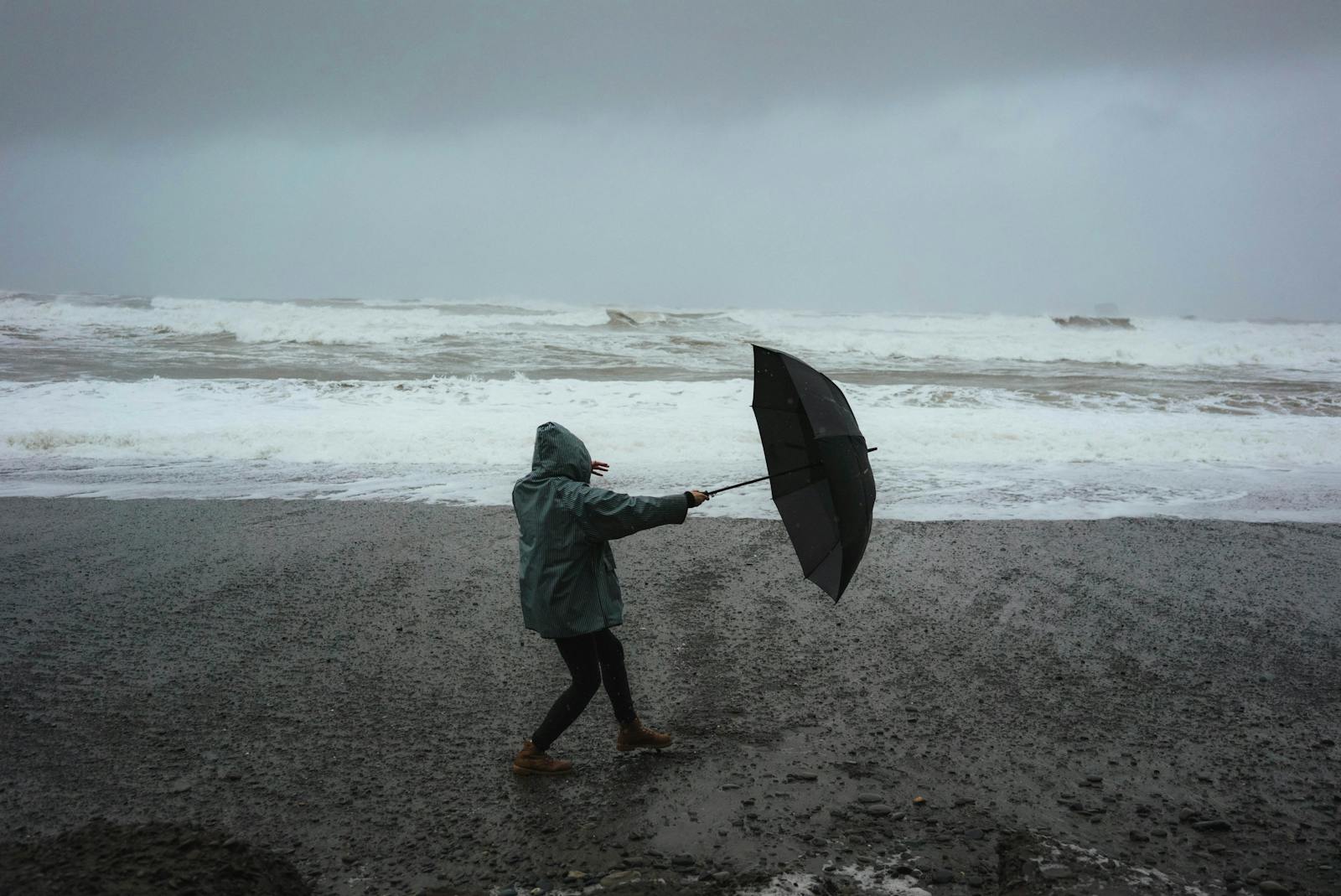
- Hurricane Charley max. land wind speed: 149.6 mph (August 13)
- Hurricane Gaston max. land wind speed: 74.8 mph (August 29)
- Site of confluence: Charleston, SC
1. Hurricane Helene, followed by Hurricane Milton 13 days later (2024)
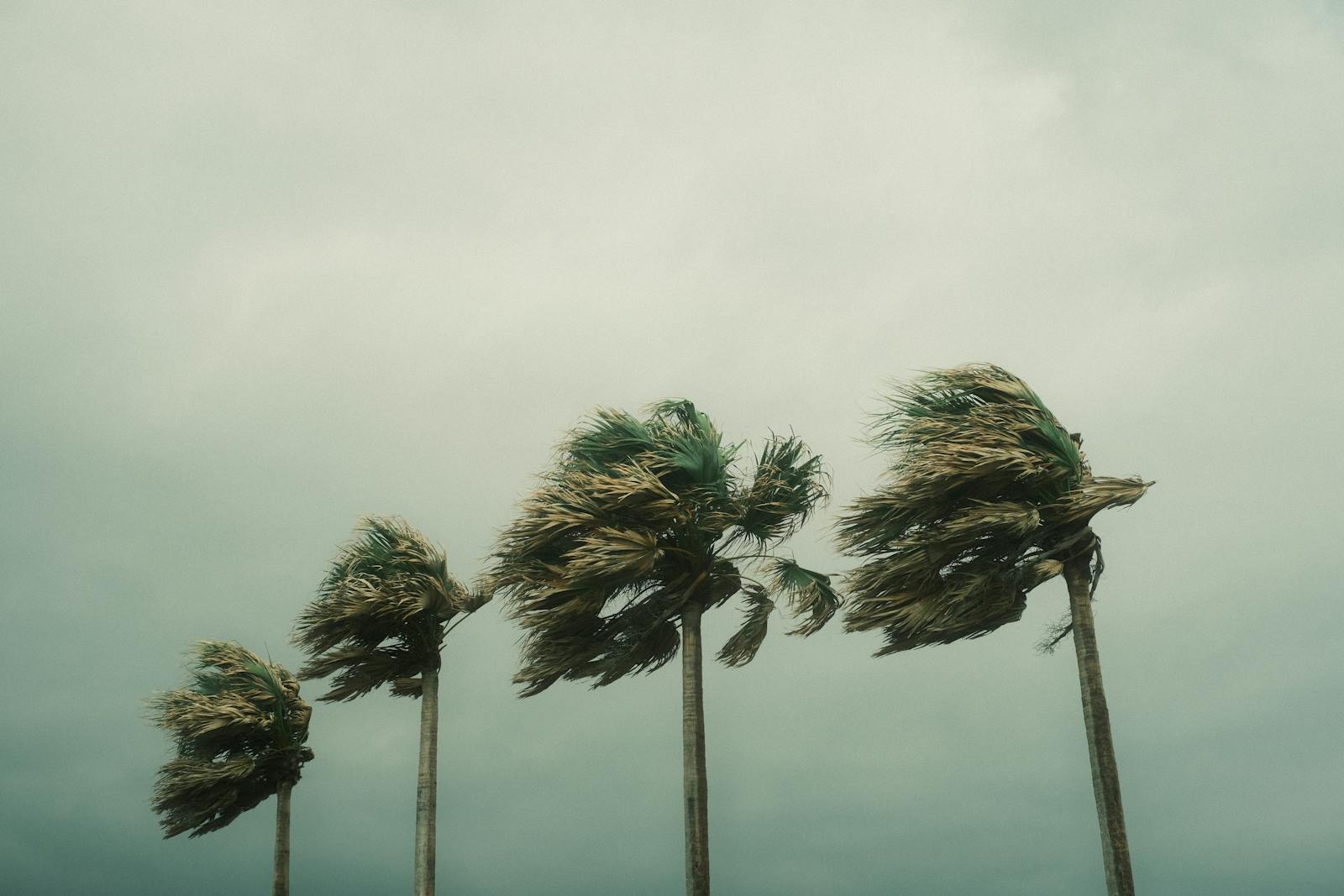
- Hurricane Helene max. land wind speed: 140.0 mph (September 26)
- Hurricane Milton max. land wind speed: 120.0 mph (October 9)
- Site of confluence: Tampa, FL
More from ClimateCrisis 247
- Elon Musk’s Post-White House Agenda: Mars, Machines and More
- Canadian Wildfire Smoke Is Back, Bringing Unhealthy Air to Midwest and Beyond
- The Heat Is On: Mild Winters Drive 2024’s Staggering Temperature Records
- Hurricane Season Has Started: These Cities Have the Greatest Risk in 2025
